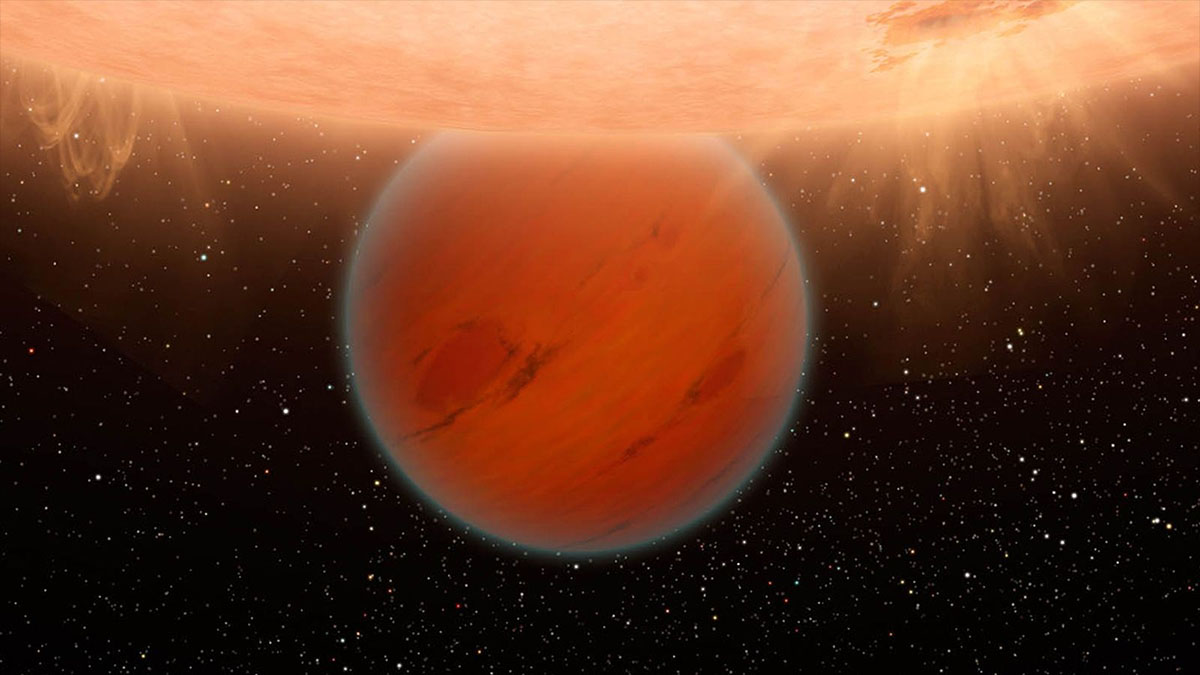meet the backwards planet

About 1,000 light years from Earth, a huge, puffy ball of gas called WASP-17 is doing something really bizarre. It’s the only planet known to have a retrograde orbit. Instead of moving along in the same direction as the star that spawned it, it’s actually going the other way in a highly eccentric path. You can see this behavior from moons which were probably captured by the planets they orbit today, but it’s never been observed before in a full scale planetary body, much less the biggest exoplanet we’ve been able to detect to date…
The theory goes that a close encounter with a more massive planet altered WASP-17’s course and threw it in reverse. Since the planet is about half the mass of Jupiter, the object with which it had a close brush had to be pretty impressive itself and one would think that it’s still lurking somewhere in the solar system. Considering that eccentric orbits of gas giants around alien suns tend to clear out any rocky worlds in their way, hurling them into the sun or throwing them out of the system altogether, it’s interesting to see potential evidence of gas giants interfering with each other as well.
And there’s another odd thing about WASP-17. It has the lowest density of any exoplanet yet found and as a result of the stellar tidal forces pushing and pulling on the fluffy atmosphere during its orbit, it ballooned to around 176,000 miles, making its equatorial diameter twice as big as Jupiter’s. How do we know that? The same way we know that the planet’s orbit is retrograde. WASP-17 was found by the transit method in which astronomers look for a dip in starlight that happens when a planet passes in front of it. By analyzing the dip of the light, they can tell how big the planet would be, it’s density and the direction in which it’s moving. Under the right circumstances, they can also analyze the details of the light from the planet itself and get an idea of what chemical compounds are floating in its atmosphere.
What strange and wacky worlds will astronomers discover next? Nobody knows, but considering what they’ve been finding so far, planets we’d call bizarre actually seem to be the norm…





